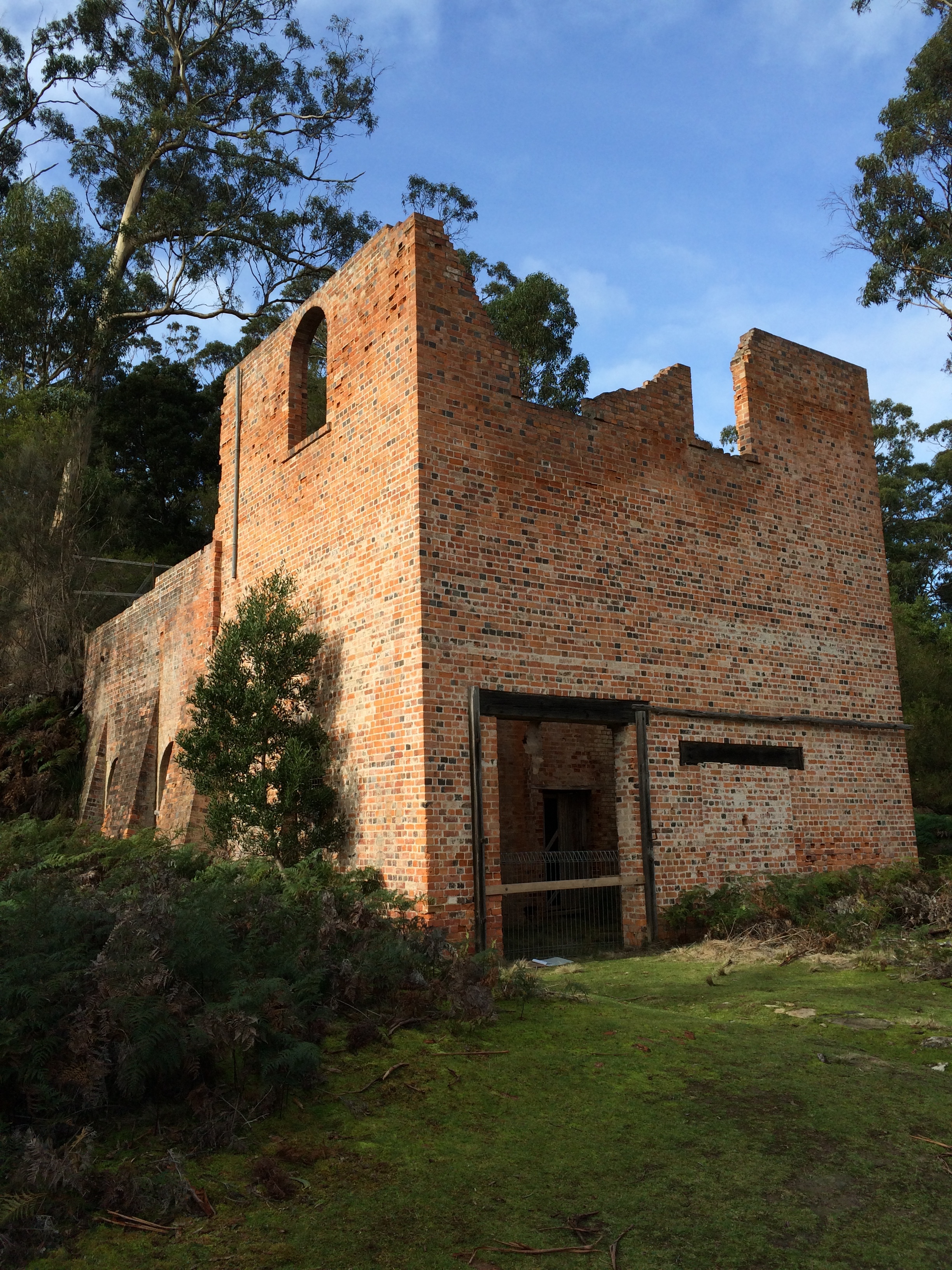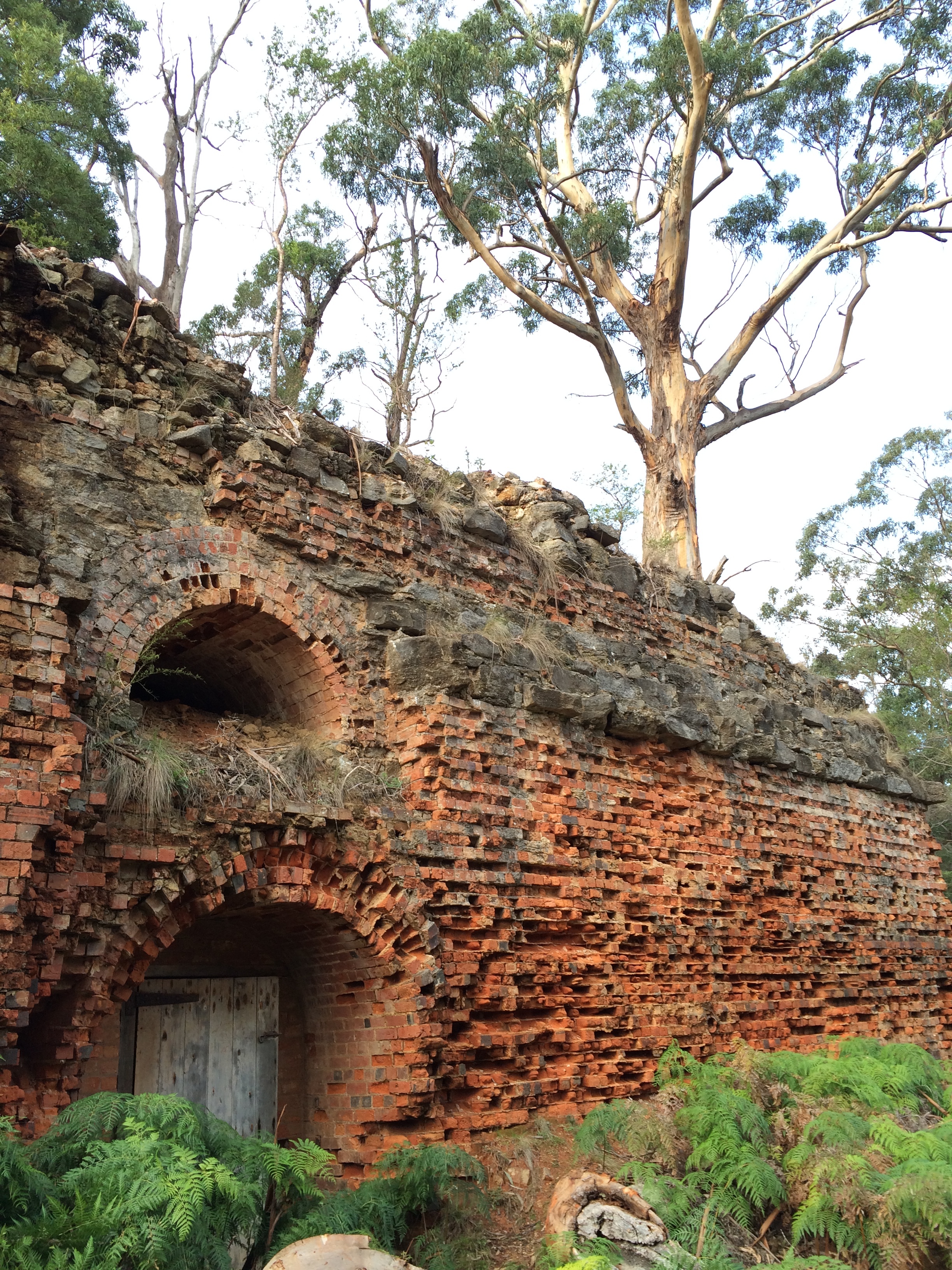I thought I had settled into a routine, but the weather has interrupted that today. The last two days had been quite mild, and I had spent most of both afternoons out and about until dusk. Mornings and evenings had been spent reading, writing and doing household/personal chores, taking time to be mindful of my actions, considering what it would have been like to do so here in other eras. Today it was windy so the only time I went outside was to collect wood, and instead spent time trying out ideas with some clay I brought here with me, and re-reading the Maria Island Brickfields Precinct Conservation Plan (riveting reading!).
Tuesday afternoon I had followed some maps contained in the Brickfields conservation plan and managed to find most of the sites identified in 1997 by the authors. Walking through and around areas I had previously visited I confirmed to myself that it is easy to misinterpret this site. There are so many layers of history here that, though quite distinct in timelines, overlap in activity. Sites were used for the same and multiple purposes at different times, materials were heavily recycled, and though convict bricks are the prevalent building material almost no evidence remains of brick production: at least not to the untrained eye.
All of the structures that are visible to the average tourist as they wander through Brickfield Valley on the way to Fossil Cliffs were actually built during the reign of “King Diego”, aka Diego Brunacci, an enterprising chap who had a claim to parts of the island 1885-1892 (the convicts were here 1825-1832 and 1843-1850). Brunacci seems to have been a visionary, but unfortunately neither his expertise or his bank balance matched his ambition, so much of what he attempted during his seven years on the island turned to failure.
Having initially attempted growing wine grapes and silkworms, amongst other enterprises, Brunacci moved on to lime and cement. Lime for mortar had been produced in the Brickfields Valley area during the convict era, and with extensive limestone deposits remaining, Brunacci set about mining these along with the shell deposits of Fossil Cliff. Built alongside the less visible remnants of a convict-era limestone kiln, the ruins of a bank of five limestone kilns, plus a largely intact building know as the Engine House, are the dominant structures in the Brickfield Valley area and are known to have been built around 1888. Though it is believed that some bricks were produced here during the Brunacci period little definitive evidence remains and it is believed that most of the bricks used in constructing Brunacci-era buildings were recycled convict bricks (possibly from the demolition of the Single Cells in Darlington, which by now had been renamed San Diego!).
With the conservation plan maps to guide me I’m satisfied that I trod in the footsteps of convicts of both the Penal and Probation periods and found where they dug the clay for bricks and possibly the odd flower pot and chimney stack.
Here’s hoping for better exploring weather tomorrow……



